You don’t have to be a deeply dedicated sneakerhead to clean your shoes. In fact, cleaning shoes is something most people would benefit from doing much more often!
Our shoes go through a lot, especially for those of us living active, on-the-go lifestyles that take us outside and around town every day. Even with the best materials and the most careful use, shoes are bound to get dirty. If you're exercising in shoes, this is even more true.
While many of us might look at our shoes and know they could use a cleaning, we may be lost on how to get started. Just throwing shoes into the washing machine seems like an easy solution, but that isn't appropriate or ideal for every shoe.
Today, we're bringing all our footwear expertise here at Kizik to the table to help. You're going to learn some cleaning techniques for different parts of the shoe, as well as information regarding how to clean different types of material.
Let's get started!
Identify what your shoe is made of
In many ways, cleaning is just chemistry. Some things mix well, and others don't. You don't shower with laundry detergent, and you don't wash your clothes with shampoo. Before we even talk about techniques and supplies for cleaning our shoes, we need to know what kind of shoe we're working with.
What materials are used in your shoes? Are they connected by glue, sewing, or made in one solid piece? Are there delicate parts added for aesthetics, or is the body durable everywhere?
Material is the most influential of these factors. Certain high-quality leathers and suedes might not be as friendly to soap and water with hard scrubbing as synthetic materials.
Likewise, synthetic athletic shoes tend to hold up better in the washing machine than casual dress shoes, where the parts and glue may deteriorate through the wash cycle. Shoes made of leather or suede shouldn’t go through the washer, especially.
Let's get familiar with some common materials below.
Canvas and fabric shoes
You might not realize it, but fabric like you’d find in your tops and pants can also be found in shoes quite commonly. Canvas is the most prevalent of these fabrics, found in shoes like the Prague. Canvas is a type of durable, densely-woven fabric made from cotton, linen, or hemp.
Fabric shoes don’t need too many special considerations during cleaning. Remember to brush with the grain (more on that below), and avoid the washing machine if it looks like your shoes use a lot of glue to hold pieces together.
Leather and suede
When it comes to traditional materials, nothing has a greater history than leather. There are many different kinds of leather. From premium, full-grain leather to suede, a type of leather made with a nappy texture, certain qualities can vary. Some are more durable, made for work and outdoor ventures, while others are made for formal occasions.
You can find leather in all kinds of boots, athletic shoes, and casual shoes like the Vegas. Premium leathers such as those found in our Kizik styles shouldn’t be treated with soap and water. Spot cleaning with a soft towel is our recommended process.
Synthetic
Most of the synthetic materials found in shoes today have only been around for the last century or so. Synthetic materials such as nylon are very common, and you can also find polyester, acrylic, spandex, and more. They are most often found in athletic styles, such as the Limas and the Athens.
Such fibers are durable and can be used in various ways, including as a moisture-wicking, breathable fabric. Thanks to their tough composition, these shoes are easy to clean.
Rubber
Rubber has been in use in shoe-making since the 1800s and still dominates the market today when it comes to outsoles. Some rubbers are natural, while others are synthetic, made from polymers (from which we also get plastic and other materials).
Rubber is tough and can be cleaned with soap and water like other materials.
Cleaning Supplies
When you think of cleaning, you probably think of soap, hot water, and a sponge or damp cloth. Your supply list for shoe cleaning isn't much different!
Dry towels and a dry shoe brush (or any soft-bristled brush) should be handy for wiping and scrubbing stubborn stains out of the shoes, insoles, and laces. Warm water and low-potency laundry detergent or dish soap mixed together make for an excellent cleaning agent for almost every material.
Step 1: Wipe down
No matter what your shoe is made of, you should start by wiping it down before you dig into any deep cleaning. Excess dirt, dust, and other particles sticking to the shoe can just make the rest of the process messier and less productive.
This step is simple. You can use a soft cloth, such as a microfiber towel or paper towel, to brush off debris. If you're cleaning leather shoes, you can use water mixed with distilled white vinegar during this step, once you've got the largest debris clear. This will help fight surface stains before deep cleaning begins.
Step 2: Mix the solution
Now we're onto the main stage of cleaning. You can mix your cleaning solution now, which in most cases will simply be warm water and a low-potency laundry detergent or dish soap.
The exact portions of soap and water don't have to be precise, but you can use a mix close to one tablespoon of soap for two cups of water. Make sure to give this solution a solid stirring.
Some leather shoes play well with soap and a cup of warm water, while others don't. Always look at the cleaning instructions for any specific pair of shoes you plan to clean, to ensure you don't accidentally damage them.
Step 3: Scrub away
With your cleaning solution ready, it's time to start scrubbing. An old toothbrush is an excellent tool for this step since they are common, easy to obtain, and easy to hold. Plus, thanks to their small area, it's easy to focus on small areas at a time and target specific stains. This is especially great for shoes that have multiple materials.
After dipping the toothbrush or a similar kind of small brush into the solution, you can start to scrub your shoe. Do so gently. For many types of material or construction, overly rough scrubbing might damage the material or even pull apart portions of the shoe.
While you may be used to brushing your teeth in circular motions, you'll want to work with the grain of the material on your shoes, when applicable. This helps prevent adding any wear and tear as you remove dirt and grime.
It's best to keep your brushing tool only lightly wet. You don't need to soak your shoes in water, and in fact, you'd do best not to. Just a bit of your cleaning solution should be plenty.
Move from one area to another, ensuring you give roughly equal treatment to all parts of the shoe to keep the look consistent. If you scrub too much and/or too aggressively in certain areas, spotting may result, leaving your shoes with different colors throughout.
Step 4: Wipe down
The best part of showering or washing a car may be the rinse, but with shoes, we must be a bit more delicate. You can wipe away any soapy water, residue, or loose dirt with a clean cloth. No need to run your shoes under cold water to rinse them off.
Additional shoe cleaning advice
Depending on how intricate you’d like to get and what kind of shoes you’re working with, there are additional cleaning techniques you can employ for detail-cleaning or caring for the longevity of your shoes.
Some of these techniques involve special brushes designed for specific types of shoes. Brushes specifically made for shoe cleaning and shoe shining are especially popular for leather. There are even suede brushes designed specifically to clean suede shoes. You might consider using such tools in place of a common toothbrush while spot-cleaning leather, although a soft towel also does the trick for surface stains.
Some cleaning guides will recommend using magic erasers to get out tough stains. This can be an effective technique, but there are some caveats and downsides to be aware of, especially when it comes to leather.
Magic erasers can remove dyes, scuff marks, and treatments from a material such as leather. Applying too much pressure increases the chance of this occurring. Use a magic eraser delicately with leather if you really need help getting out tough stains.
Let’s also give some consideration to white shoes, which can be extra tricky to clean. Whether you’re working with your favorite white slip on shoes or another style, soap and water is a good start, but it’s been found that baking soda and water (mixed in equal parts) can be a productive solution for bringing that pure white shine back to your favorite kicks!
Make Your Shoes Look Brand New
With our Kizik cleaning guide complete, you should be equipped to go and clean sneakers, boots, and just about any kind of dirty shoe you’ve got! However, remember that you should always check and follow any cleaning instructions for an individual style.
For all things footwear and active lifestyle, keep coming back to our blog and Kizik collections!
Sources:
What You Should Know About Canvas Shoes | Fibre2Fashion



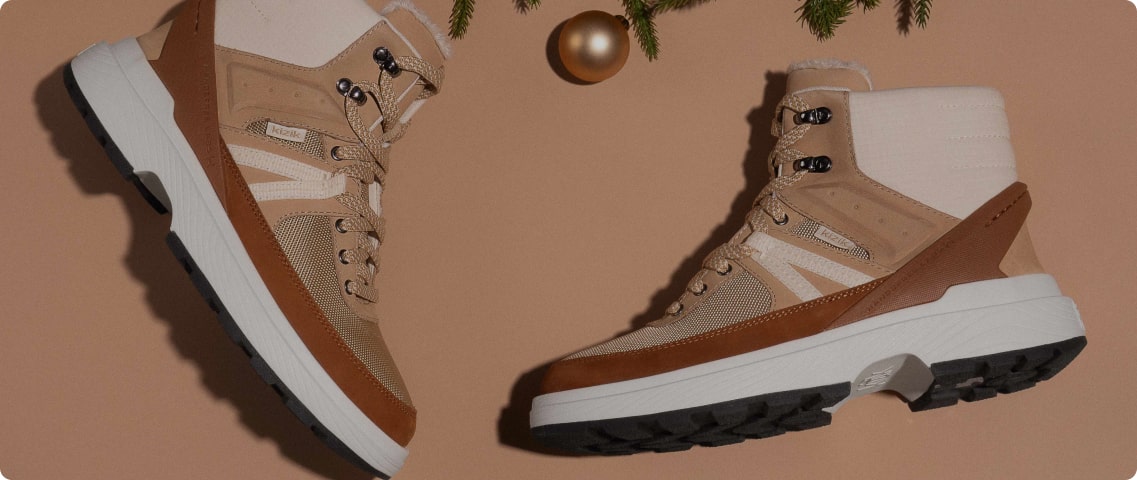
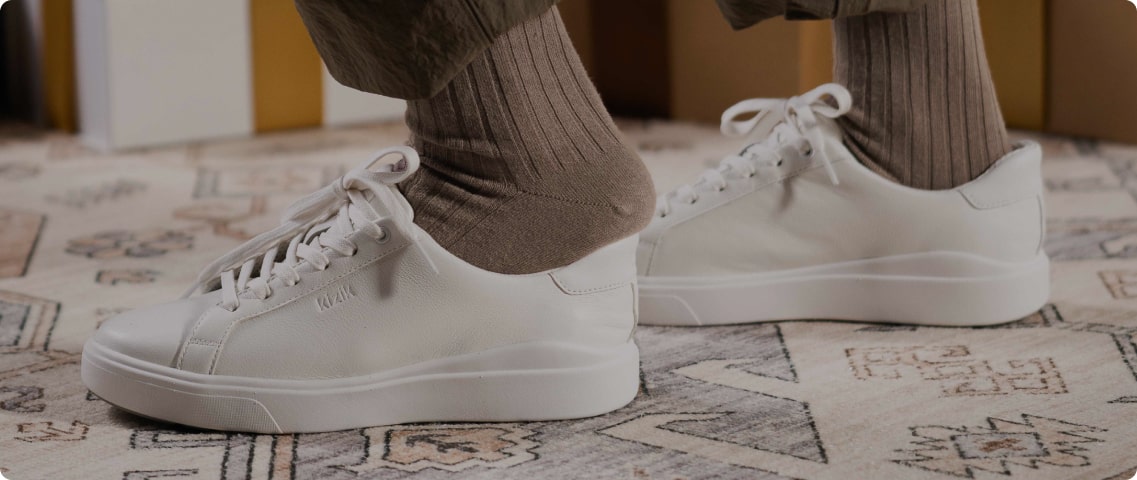
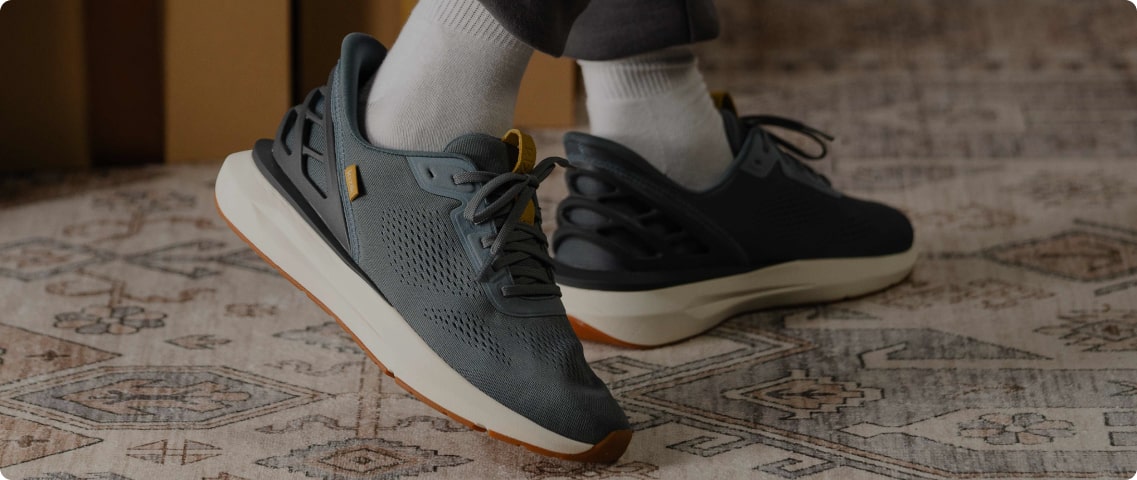


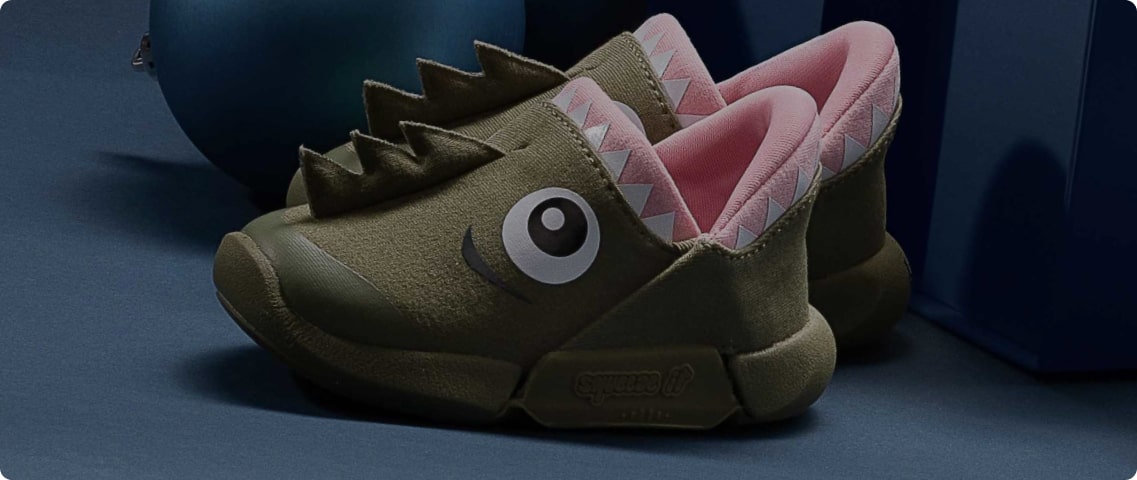
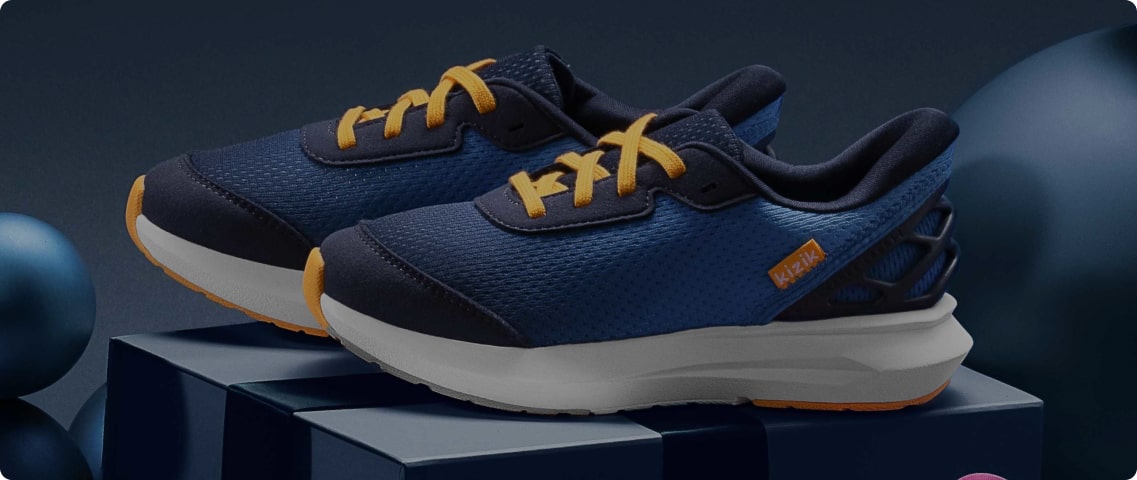
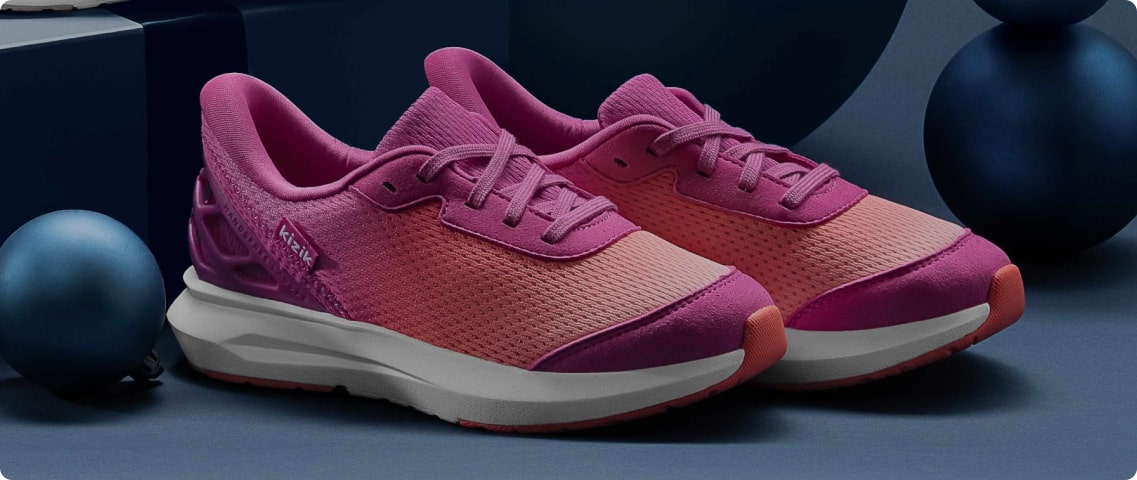
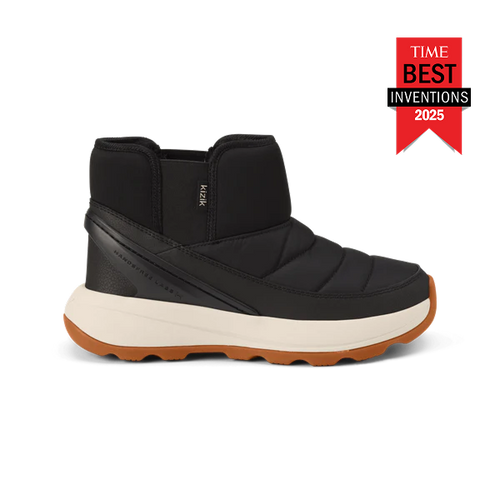
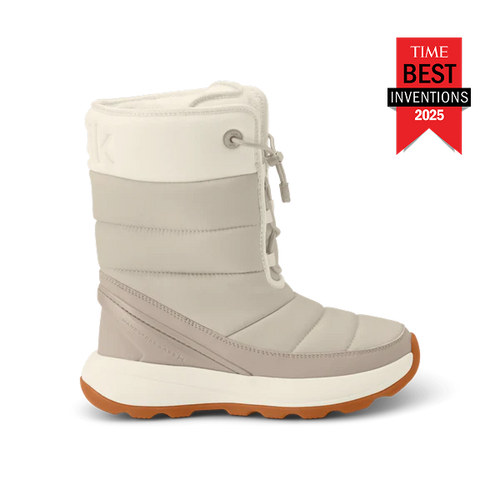


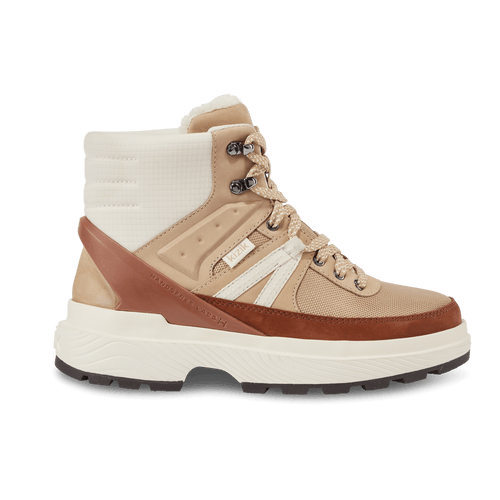
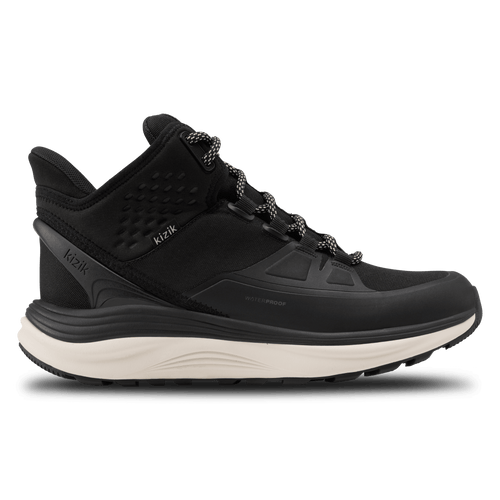








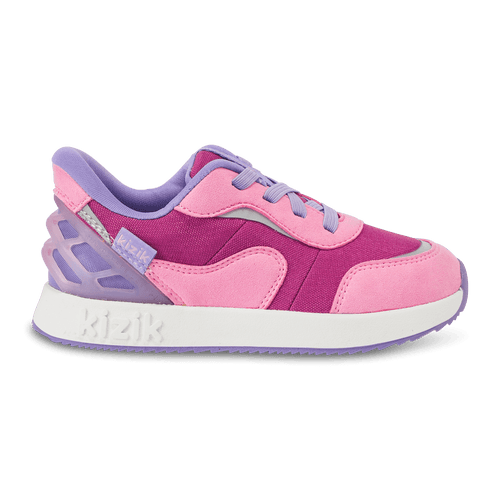

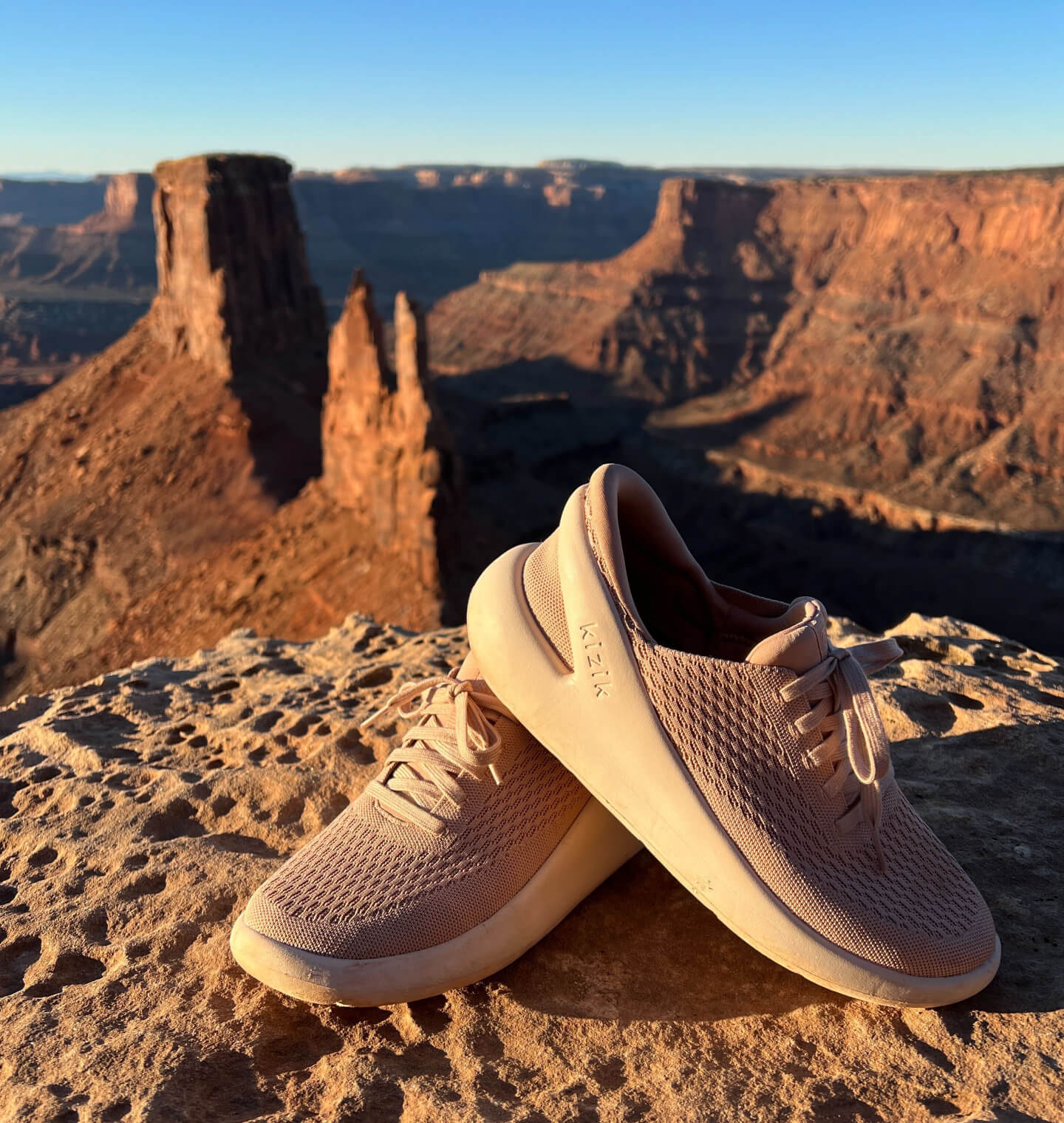
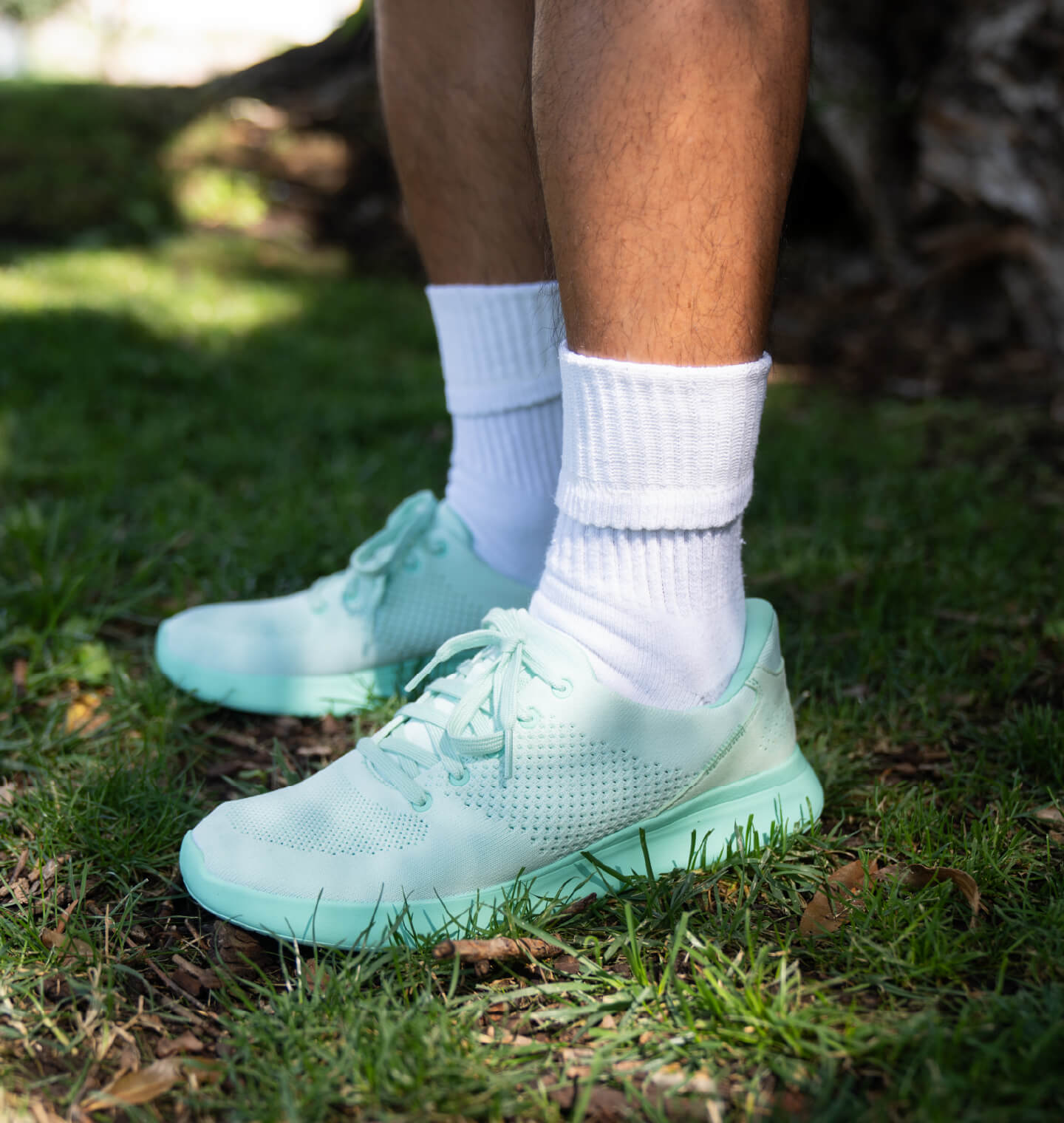
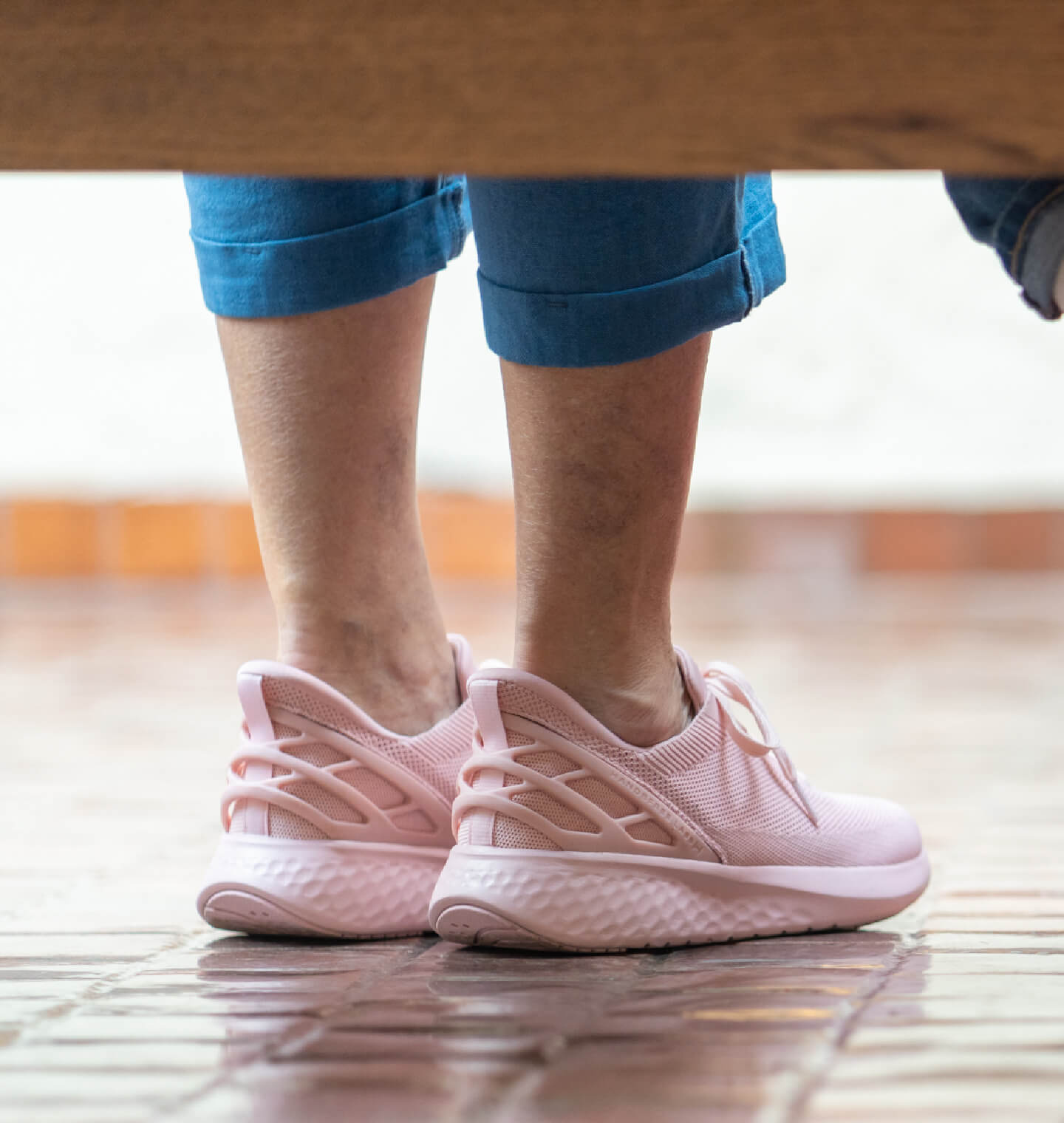
Leave a comment
This site is protected by hCaptcha and the hCaptcha Privacy Policy and Terms of Service apply.